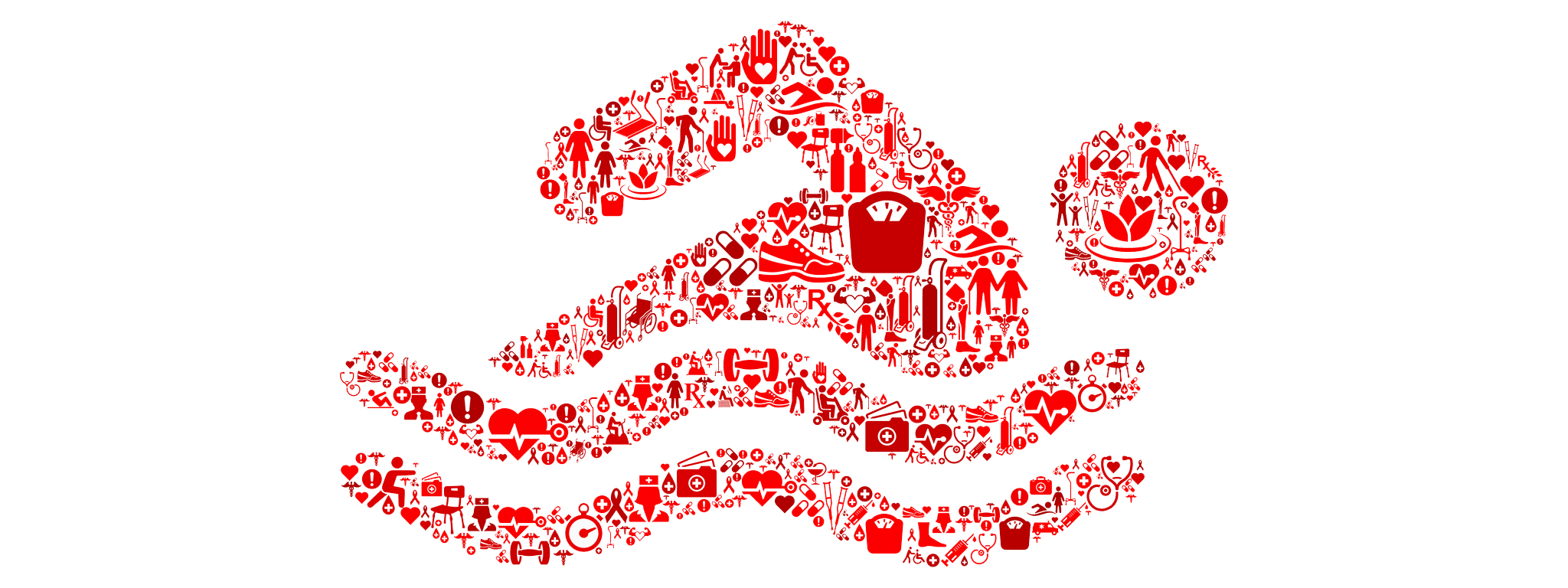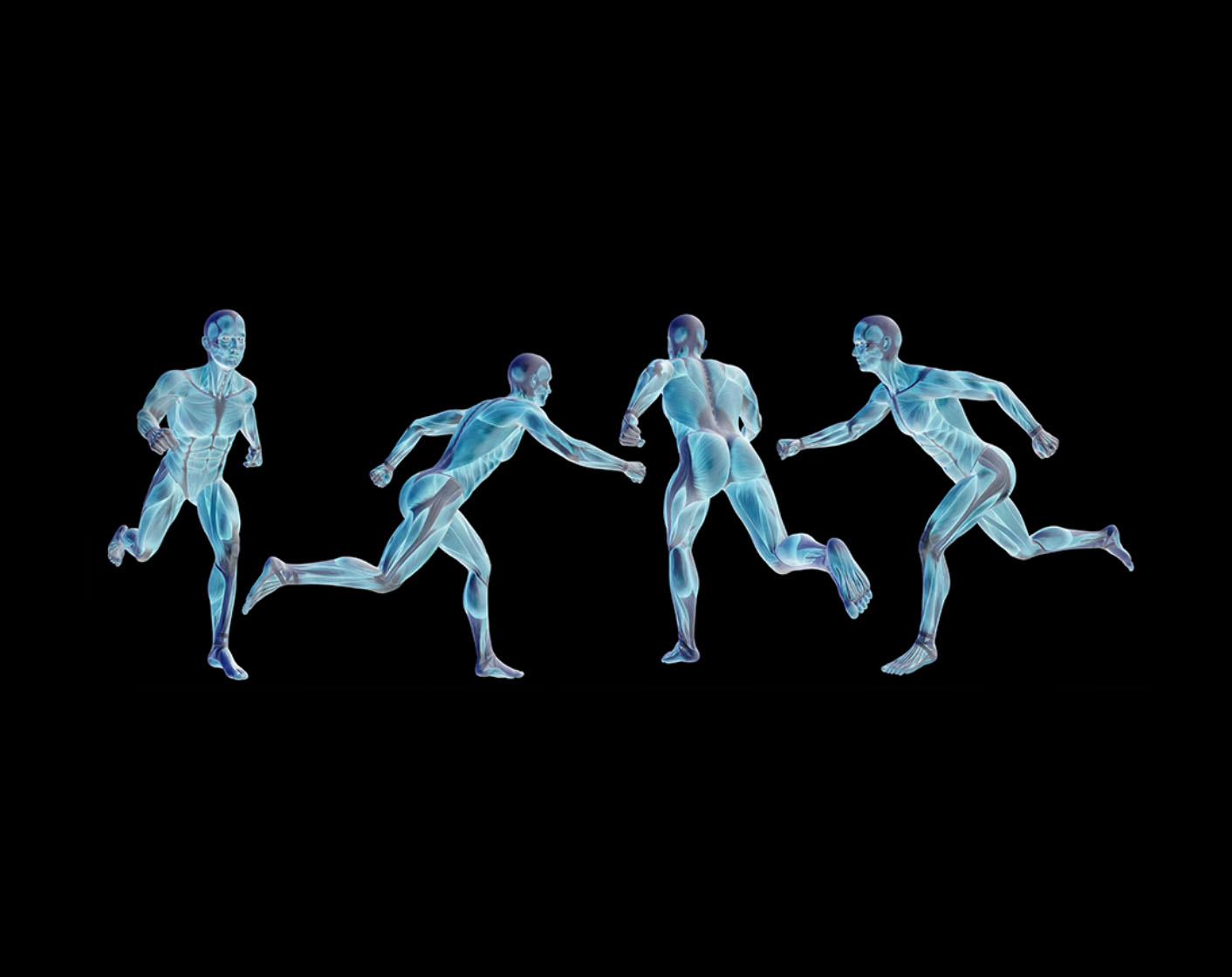
Preparing, Preventing, & Recovering for Your Sport
- Noah Soliman
At PhysioFrog, we believe that athletes of all abilities should have access to the tools required to optimise their athletic performance. Alongside technical mastery, an individual’s movement, power, and endurance (plus many more) should be maximised to give the athlete the comfort and confidence to attain their full on-field potential. This reflects the importance of an athlete’s holistic work outside competitions – such as a thorough recovery and proper conditioning. In this episode, we will dive into the optimal preparation & recovery techniques of various sports, to ensure you’re competing at nothing below the optimum.
Football (Soccer)
The most popular sport in the world is valid compensation for the physical demands of football. Not only do footballers require muscles that are of a strength that can generate sufficient power and accuracy in their kicks, but also remain lean to withstand the high cardiovascular demands of 90+ minutes. It is for this reason that delayed muscle soreness is highly prevalent following football games, and can frustratingly linger unless intervention is established. Let’s look at forms of intervention that are feasible to incorporate in-and-around your fixtures; this includes soccer stretches, exercises, and more.
Hamstring Care – Football involves frequent bursts of power – through sprinting and jumping. These mechanisms require the hamstrings to rapidly flex and extend, in which overstretching or too much force could lead to the muscles straining. Whether you’re looking for a pulled hamstring recovery or want to condition your hamstrings in preparation for a fixture, consider PhysioFrog’s exercises that improve your hamstrings’ flexibility and muscular endurance. Examples include the lying hamstring stretch and hamstring leg lifts.
Lower Body Endurance – Football is essentially continuous running with random bursts of acceleration. Fatigue is a significant cause of many injuries, especially towards the end of the 90, in which your movement isn’t as sharp and muscles begin to lose their tolerance towards in-game stresses. To minimise your risk of injury endgame, perform exercises that look to expose your muscles to a pressure reflective of in-game scenarios – such as football plyometrics.
Running
The art of running – whether that’s 5K, 10K, or a marathon – is probably the cheapest and fastest way to remain fit amongst our busy lives. However, discomfort and injuries can be huge inhibitors in our progress and performance. This is especially true for new runners, as their bodies are unaccustomed to the requirements. Discomfort is also common amongst office employees that work long hours, as the drastic contrast between running and sitting can strain our lower body muscles. Here are interventions you can incorporate to prepare for your runs.
Stretches Before Running – Long periods sitting down will cause your lower body muscles, specifically your hip flexors and hamstrings, to shorten. This is unideal for runners, as these muscles will not have the flexibility to attain the desired stride length (therefore speed). Alongside slower times, shorter hamstrings are at higher risk of injury, as research suggests that they withstand less take-off and ground contact force. So, especially for the spreadsheet warriors, take just 10 minutes out to stretch – hip mobility exercises and hamstring stretches for runners are great starts!
Massage Therapy – Running, sitting at desk, running, sitting at desk. This constant cycle throughout the week primes your lower body muscles to become incredibly tight and uncomfortable. The motion of sitting reduces the blood flow to your legs, minimising the opportunity for your muscles to repair themselves from the earlier run. Consequently, the micro tearing persists and creates a sensation of tightness. This is explicitly true for those who get below the optimal time of sleep, as their stage of repair (SWS) is reduced. Therefore, dedicating some time for independent massage, such as foam rolling, will promote blood circulation to these muscles, and reduce levels of short- and long-term discomfort.
Basketball
Shooting hoops is another exceptional test of one’s athleticism. Not only must you require a strong vertical jump, but you must have the coordination to twist and turn at rapid paces to beat opponents. Whether it’s street ball or the NBA playoffs, here some considerations to enhance your game.
Vertical Power – It’s ridiculous for a basketball player to not incorporate some form of plyometric work into their fitness routine. A couple of inches can make all the difference on the court, dramatically improving your performance. Exercises should challenge your vertical power under high-endurance conditions, as this will determine the longevity of your performance in-game and throughout the season. Furthermore, longer hamstring tissues are reported to generate more power, potentially leading to higher jumps. Therefore, it is critical for your lifestyle to include daily mobility exercises and PhysioFrog’s explosive jump routine for all lower body muscles.
Lower Body Strength – As mentioned, basketball involves frequent twisting and turning. This puts a lot of pressure on your knees. Knee injuries are renowned for bring frustrating, as the poor blood supply to its multiple structures can lead to lengthy periods away from the court. Therefore, to minimise your risk of enduring knee damage, strengthen the muscles surrounding the joint – this includes the hamstrings, glutes, quadriceps, and calves. This adds additional stability to the joint and will give you greater confidence and comfort during intense plays.
Weightlifting
Many people see attending the gym as a lifestyle that doesn’t involve anything holistic other than lifting weights and consuming protein. However, the science has a lot more to say about how to maximise your gains and recover well following a strenuous workout. Here are some proposals to consider.
Smashing PRs – It has been mentioned multiple times these blogs that stretching out your muscles not only act as a source of comfort and injury prevention, but can maximise your strength. Some research has suggested that muscles of greater length and flexibility can endure and transfer more energy. In gym words: chest stretches before your bench attempts will increase your muscles’ potential for generating the power required to hit that new PR. On top of this, you will feel more comfortable for the rest of your day.
Hydration – Everyone understands that eating plentiful protein will provide your body with the fuel needed to build and maintain muscle. But did you ever consider the role water plays in facilitating your tissue growth? When you lift weights, you are damaging the fibres in your muscles for them to be repaired to a stronger and larger state. Water controls the mechanism of repair, and insufficient water levels in your body will slow down this process – resulting in sore muscles after workouts lasting longer and reduced gains.
Your Performance
There comes a time when competitors’ technical abilities are somewhat similar and strong. What makes players stand out is their bodies’ ability to produce game-changing moments by applying their technicality in different ways. These ways could be through sharp reflexes, the final 30 metre sprint, or a towering jump. Give yourself as many opportunities for these moments as possible by applying the learnings from this episode and from what PhysioFrog has to offer. Peak performance demands peak preparation.
Thanks for reading,
Noah Soliman, Principal @ PhysioFrog
Get to grips with the physiology and mechanisms behind our warm-ups, and learn how their applications can maximise your on-field performances. Along with the physical benefits of muscle preparation, get an insight into its psychological benefits to truly understand your mind and body!
Get to grips with the physiology and mechanisms behind our warm-ups, and learn how their applications can maximise your on-field performances. Along with the physical benefits of muscle preparation, get an insight into its psychological benefits to truly understand your mind and body!
Prepare and recover from your sporting fixtures with our sport-specific exercises





